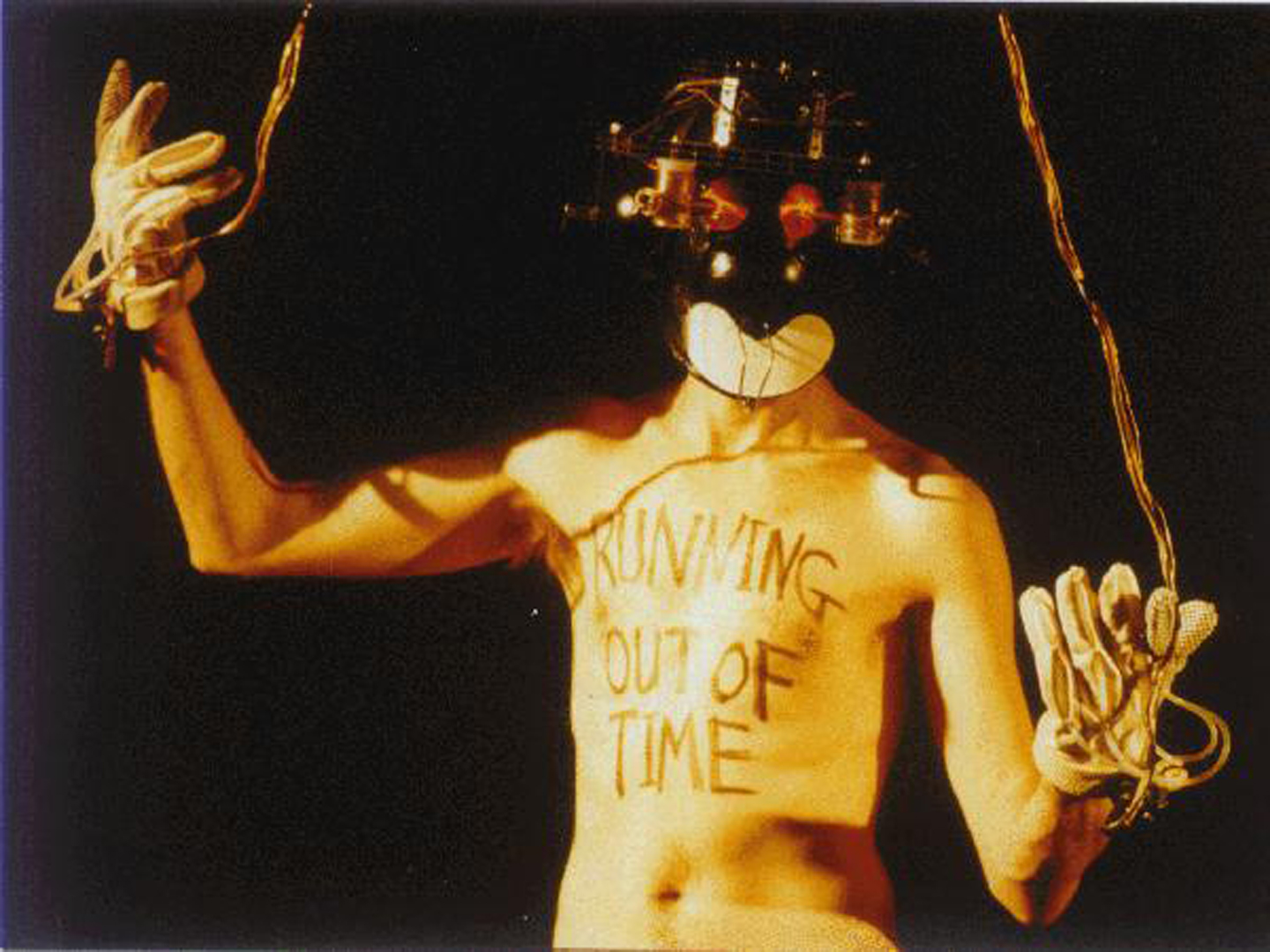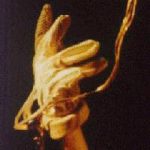Elizabeth Swift, Peter Ireland: The Faust Space
Title:
Artist(s) and People Involved:
Performers:
-
Elizabeth Swift
-
- VOID: Performance
-
Peter Ireland
-
- VOID: Performance
Symposium:
Artist Statement:
The Faust Space as an environment in which theatrical devices and computer technology react together to create the alchemical magic of an ancient horror story. The work is a durational installation including elements of live performance alongside video, sound and digital imagery. Snatches of narratives, action, sequences of images and sound are presented as a montage over which the viewer is offered an element of control.
The Faust Space is inspired by the legend of Faust, one of the oldest in literature and one which crops up?frequently in folklore throughout the world. In all versions of the tale, Faust is a man of extraordinary intelligence who becomes bored with what the natural sciences and conventional learning can offer and starts to dabble with supernatural powers. He learns how to communicate with the spirit world and so meets Mephistopheles, a servant of the king of demons, Lucifer. Mephistopheles offers Faust a deal – he will serve him faithfully for 24 years, sharing with him his supernatural powers, but after that Faust must give his immortal soul to Lucifer and spend eternity in hell.
The story touches on universal themes which are ripe for re-examination today in the light of a changing world?in which technology offers various means of faking reality, superseding nature and dodging mortality.
The Faust Space gives the spectator the opportunity to interact with the piece via various interfaces – some very apparent, some invisible, as it explores themes of magic, fantasy, illusion and con-tricks. The work invites the spectator into a charged atmosphere and responds to their active involvement in space. In do doing it foregrounds how interfaces become articulate on the subject of interactivity. It questions the extent to which the interactive spectator is offered real freedom of choice or whether interaction is a mechanism that ultimately denies the spectator the creativity it purports to offer. These issues resonate with aspects of Faust’s deal, which while seeming to offer ultimate powers transpires as little more than a con-trick. The Faust Space also shows how technology can erase the difference between a present and remote audience and a present and remote artist.
The work makes use not only of computers and video but also of low-technology and theatre illusions such as the “Pepper’s Ghost” trick. It draws parallels between theatre traditions and new technology. Theatre has much in common with Virtual Reality. It has, for thousands of years, been a place where illusion and reality are mixed, where spectators interact with the artwork, where fictional locations are created and where real-time is altered. Many of the issues relating to interactivity have already been anticipated and played out in the theatres. Theatre is a valuable reference point as we consider how interactivity affects the making of art.








